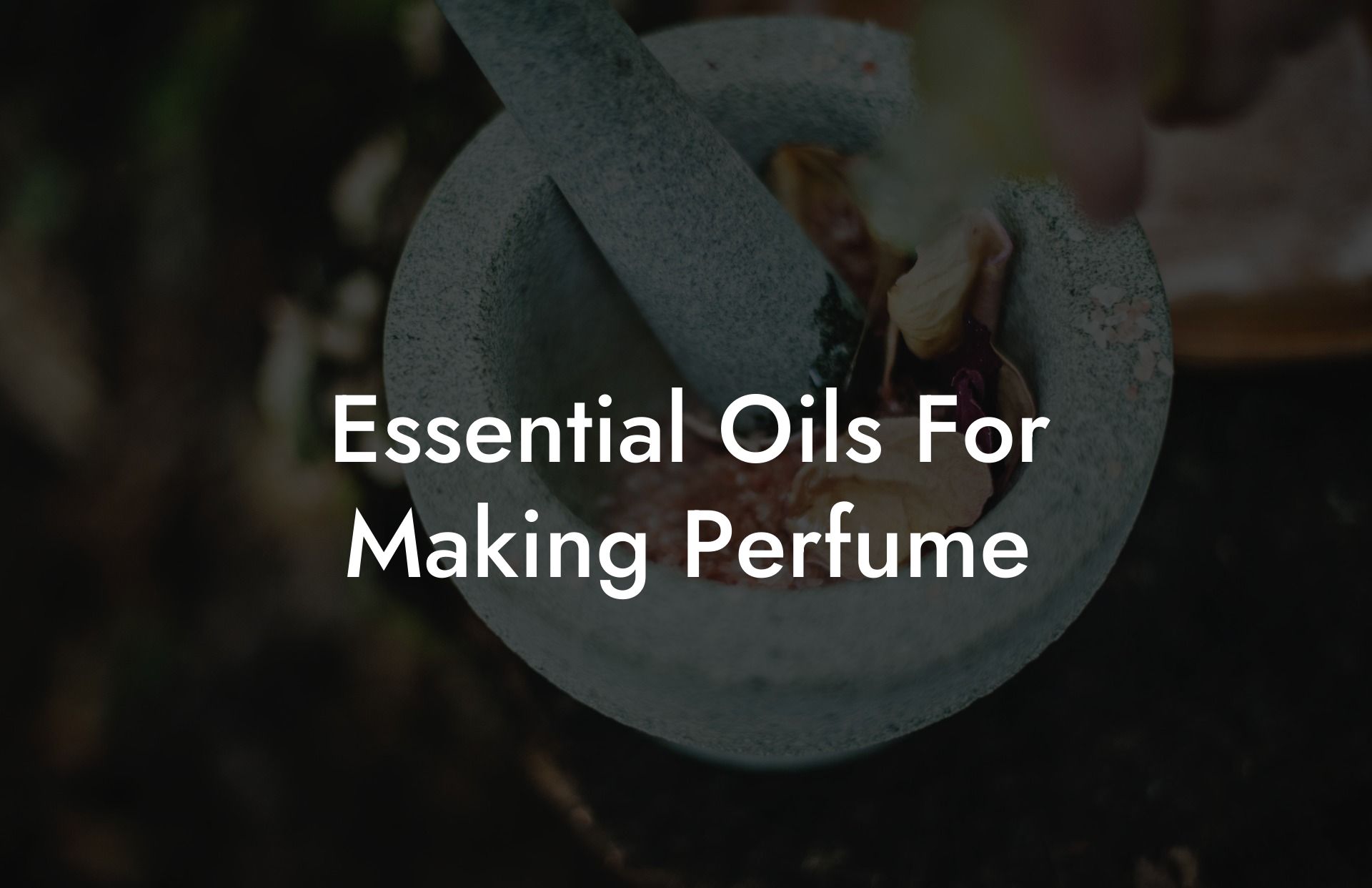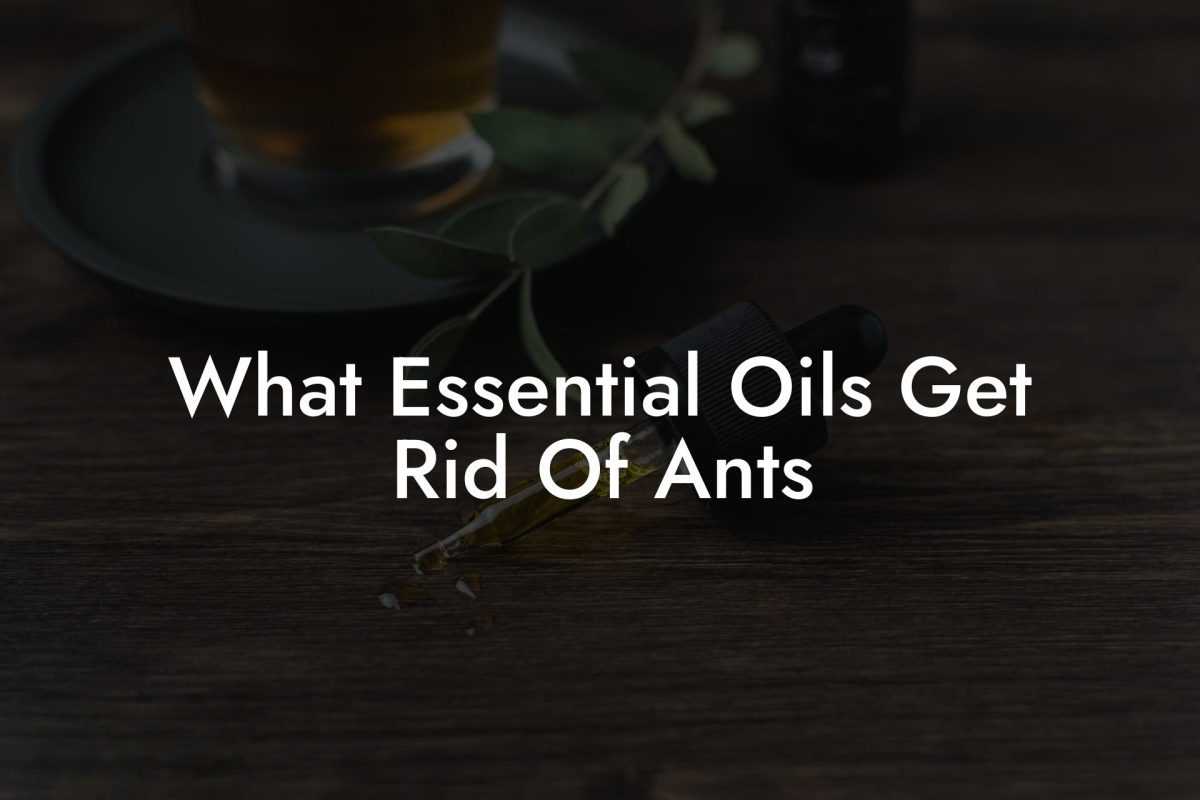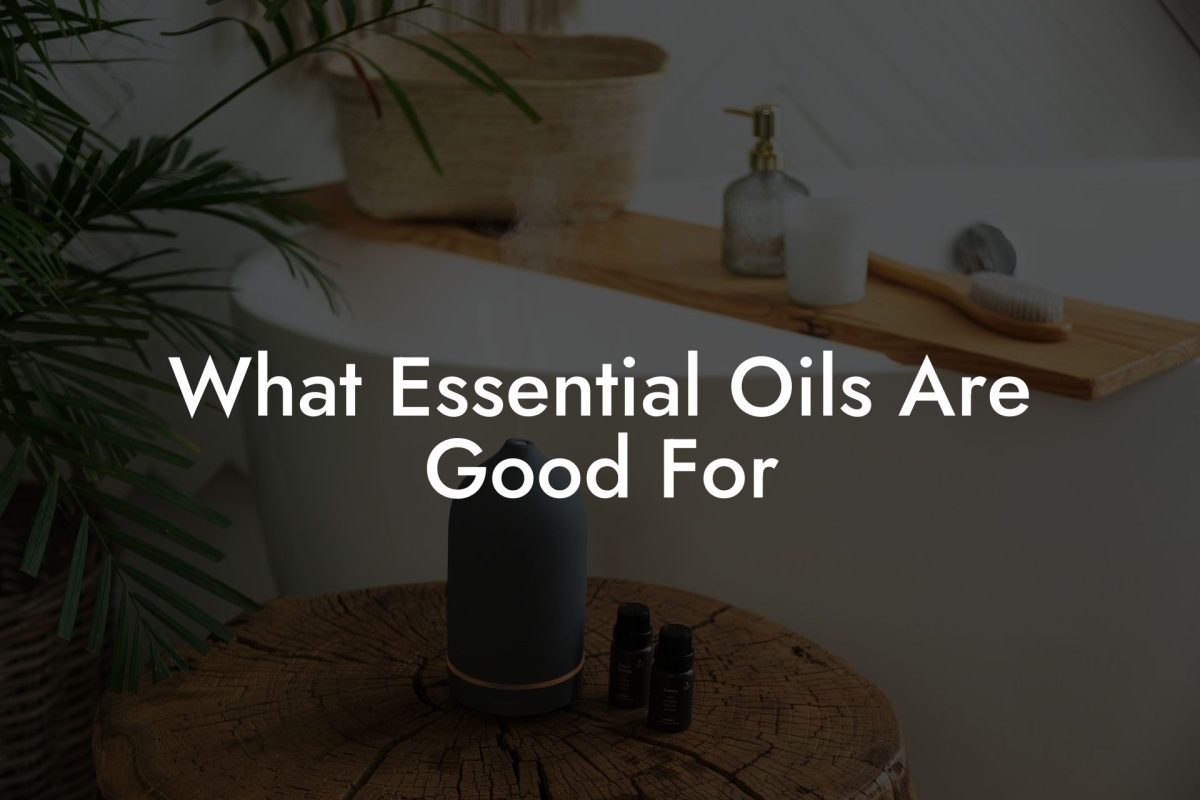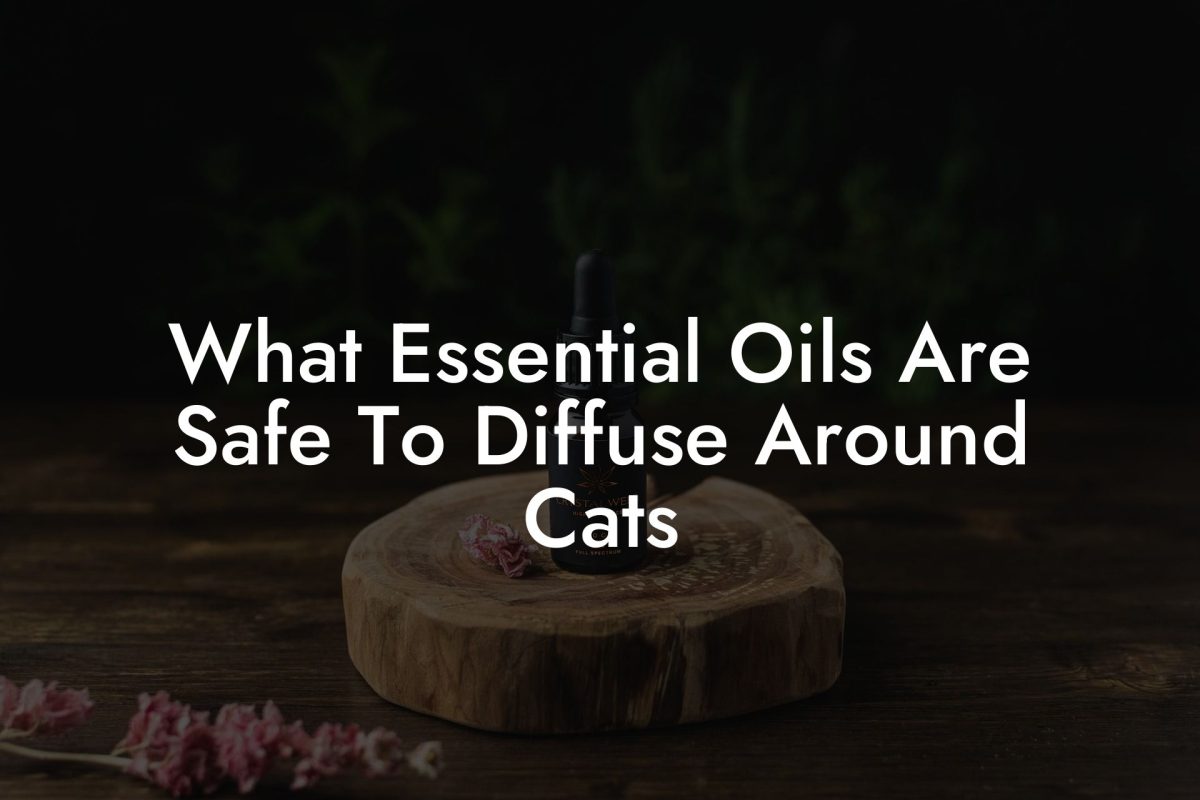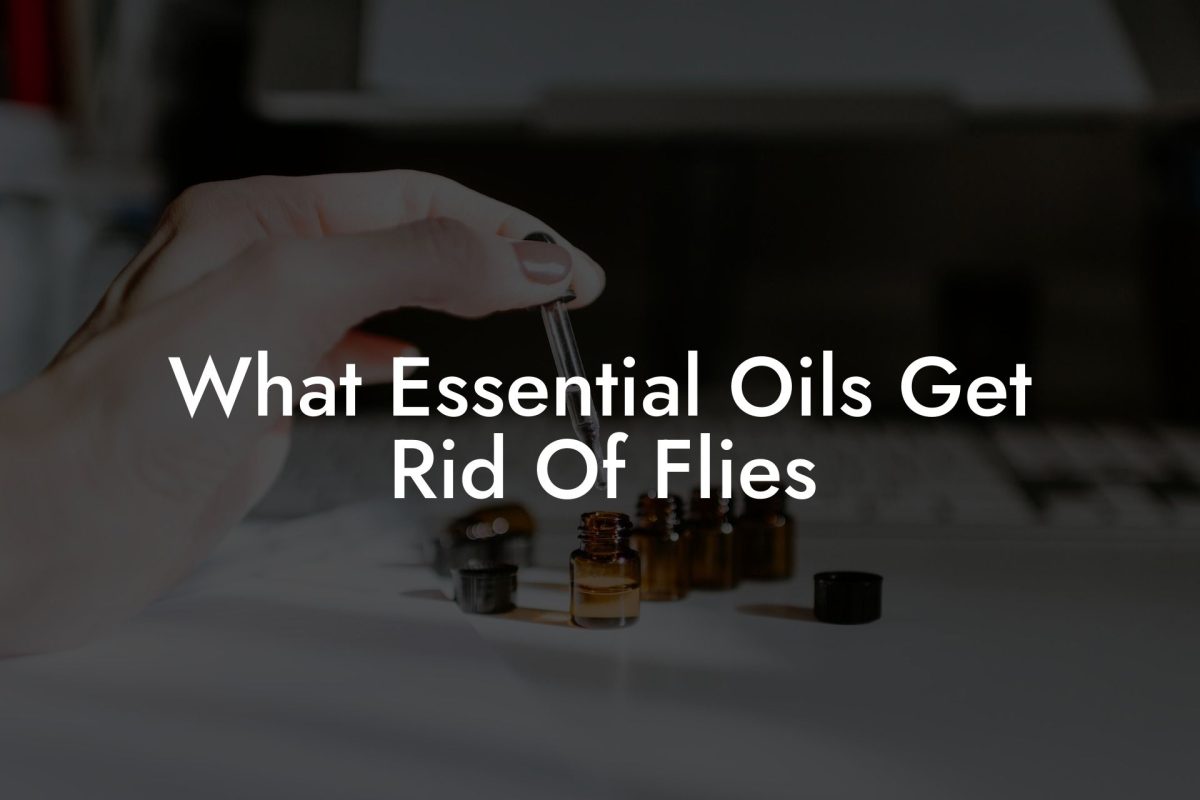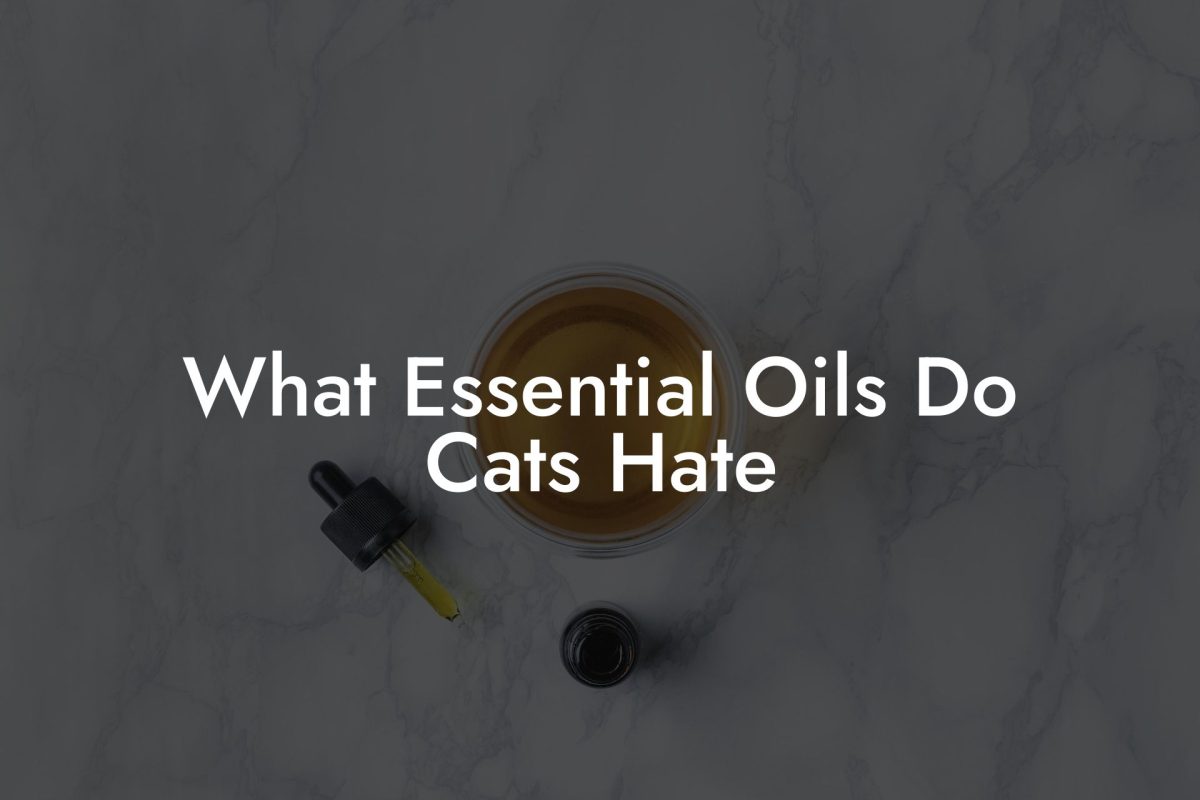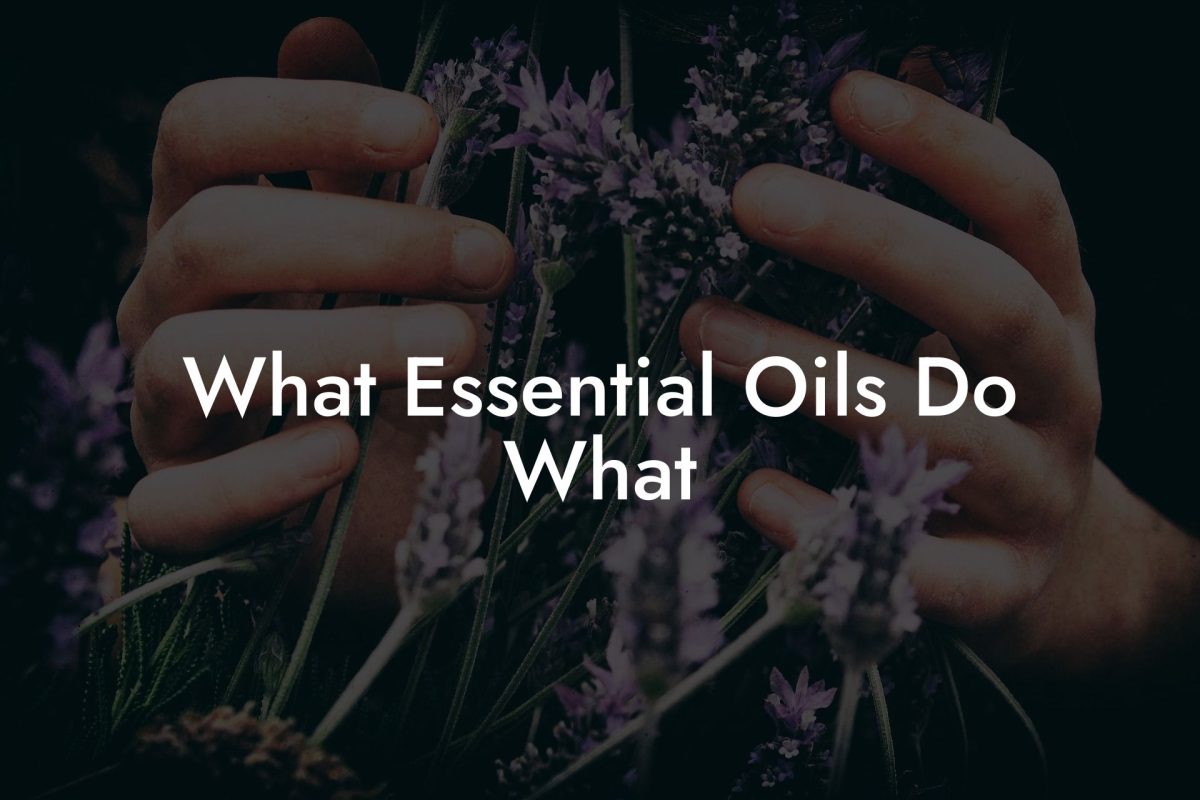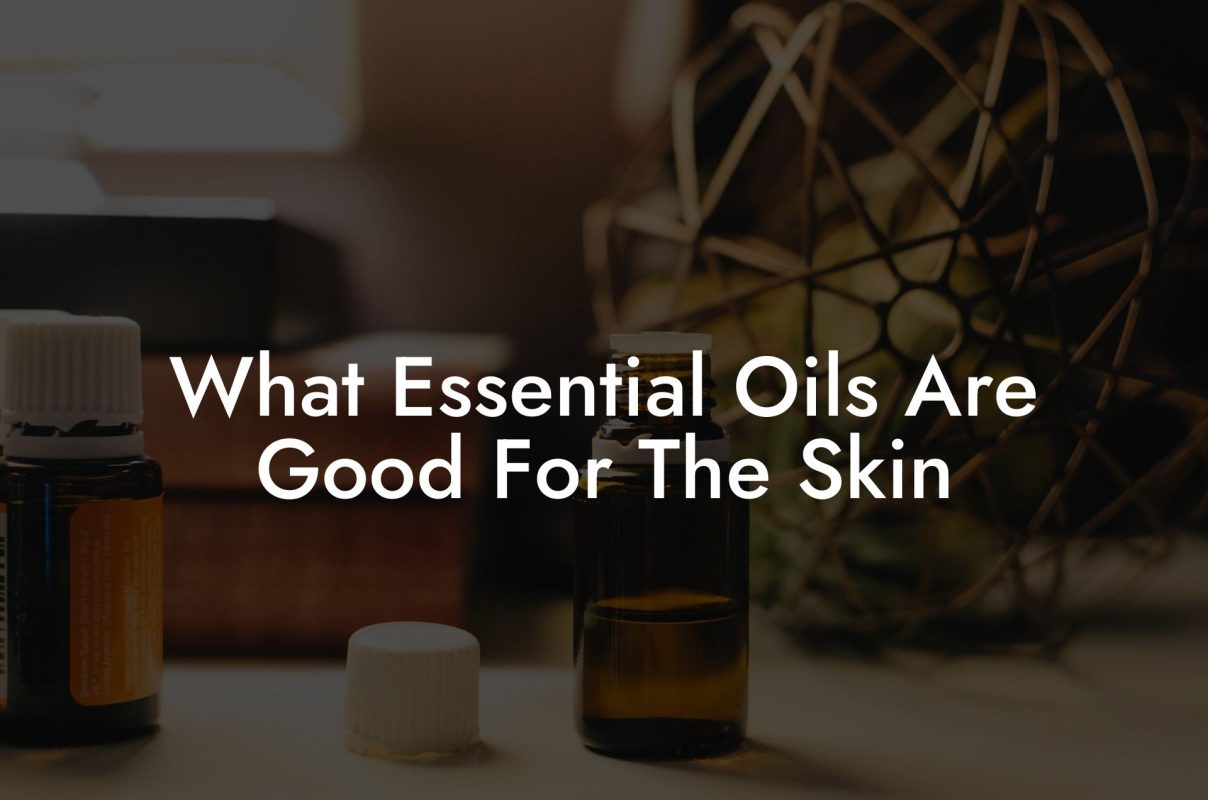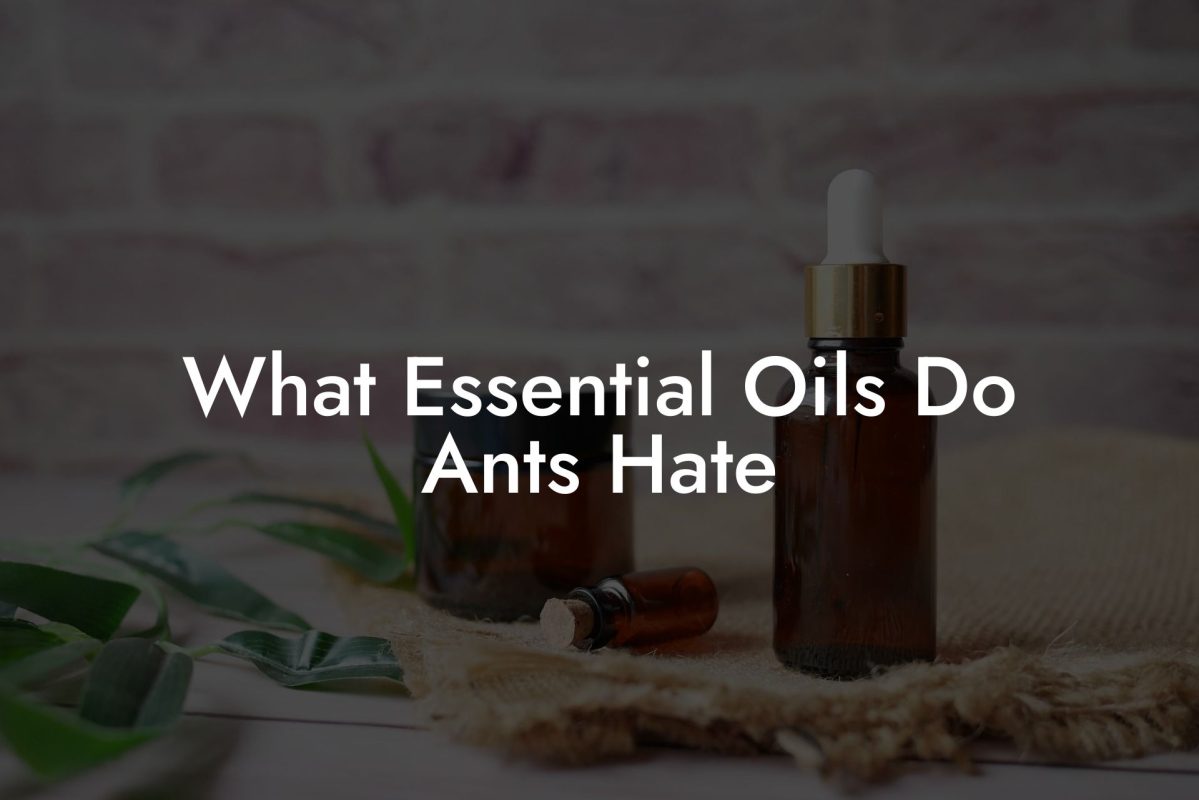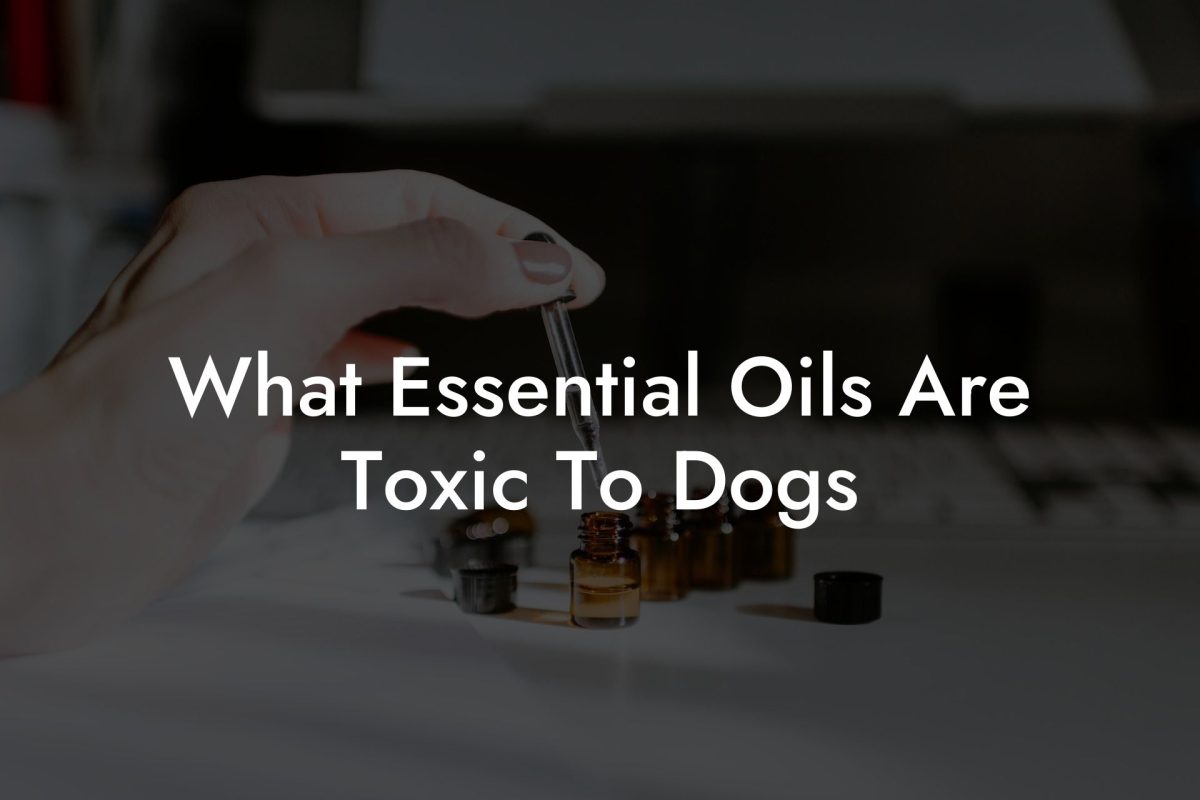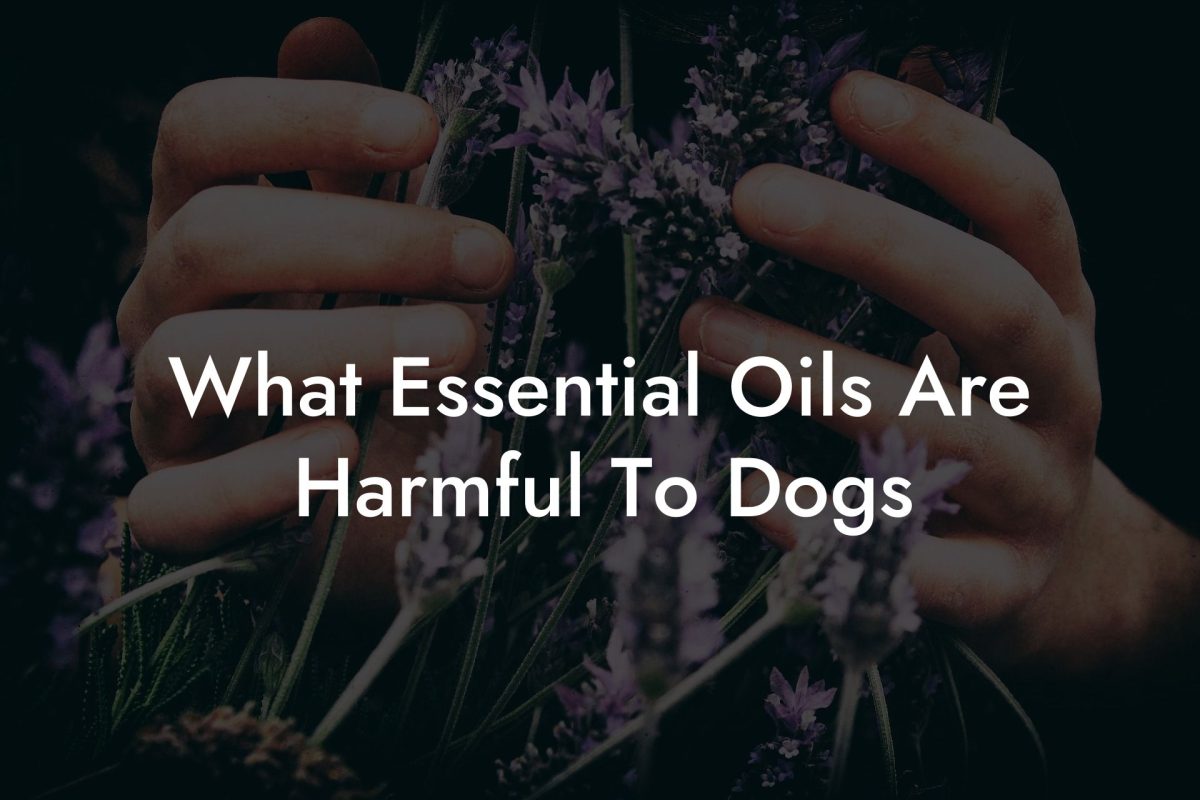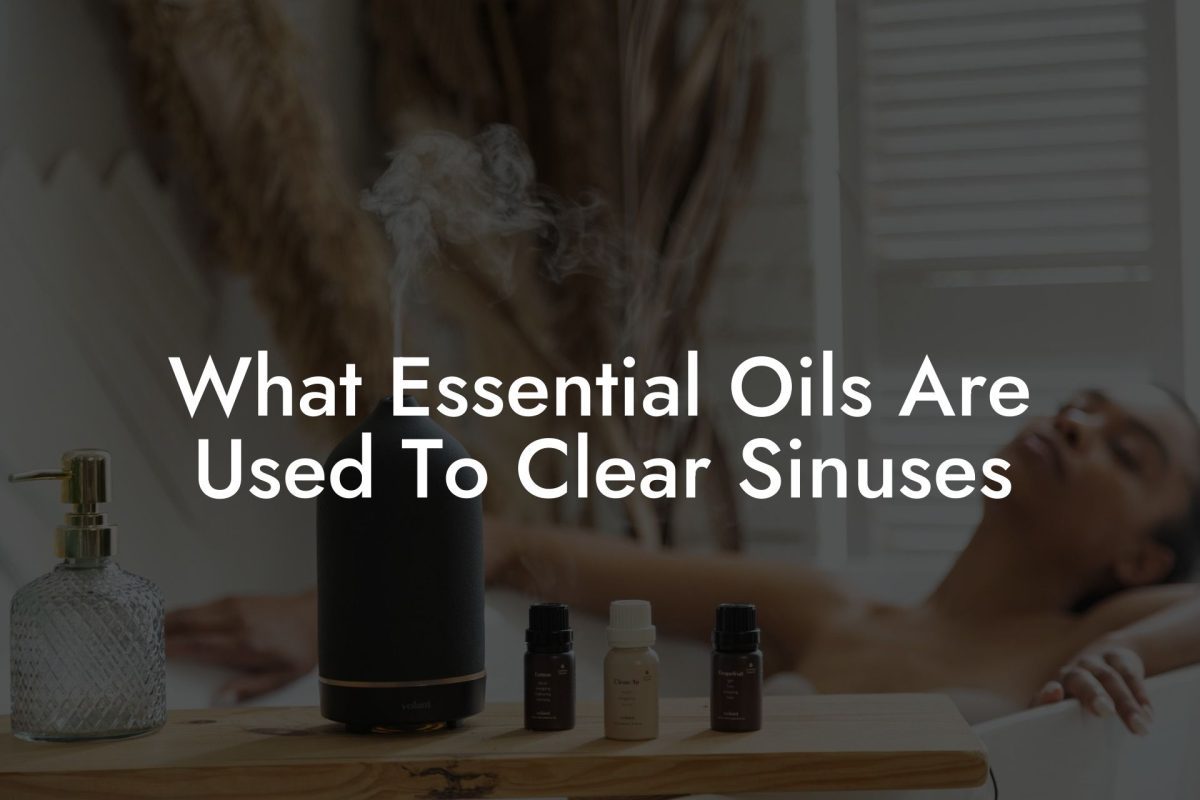Discover the captivating world of essential oils for making perfume and create your very own signature scent. As the popularity of artisanal and natural fragrances increases, it’s time to explore the various essential oils and their unique characteristics that can help you develop a personalized aroma.
Table of Contents
What are Essential Oils?
Essential oils are highly concentrated liquids containing volatile aroma compounds from plants. They are extracted through various processes, such as steam distillation, cold pressing, or solvent extraction. Due to their strong aromatic properties, essential oils have been used for centuries in perfumery, aromatherapy, and other holistic practices.
Why Use Essential Oils in Perfumes?
There are several reasons to opt for essential oils when creating your own perfume:
- Natural ingredients: Essential oils are derived from plants, making them a more natural and eco-friendly choice compared to synthetic fragrances.
- Unique scents: Each essential oil has its distinct aroma, allowing for endless possibilities in crafting a personalized fragrance.
- Aromatherapeutic benefits: Many essential oils offer potential wellness benefits, such as relaxation or energy-boosting effects, which can be a bonus in your perfume creation.
Essential Oil Categories for Perfumery
Essential oils can be categorized into base (bottom), middle (heart), and top (head) notes based on their evaporation rates. A well-balanced perfume typically consists of a mix of oils from each category to create a harmonious scent experience.
Base Notes:
These are the longest-lasting scents, usually earthy and rich. Some popular base note essential oils include:
- Patchouli
- Sandalwood
- Vanilla
- Cedarwood
Middle Notes:
Middle notes are the heart of the fragrance and emerge after the initial evaporation of top notes. These essential oils often have floral, spicy, or herbaceous aromas. Examples include:
- Rose
- Lavender
- Geranium
- Ylang Ylang
Top Notes:
Top notes are the first scents that hit your nose, typically light, fresh, and short-lived. Popular top note essential oils are:
- Citrus oils (bergamot, lemon, grapefruit)
- Eucalyptus
- Peppermint
- Tea tree
Creating Your Own Essential Oil Perfume
When developing a signature scent, it’s crucial to consider fragrance preferences and desired aromatherapeutic effects. Experimentation and adjusting ratios of different oils will lead to the perfect blend. Here’s a basic guide to begin:
- Choose a combination of base, middle, and top note essential oils.
- Add a few drops of each essential oil to a small roller bottle or glass vial.
- Dilute the mixture with a carrier oil, such as jojoba or sweet almond oil, to ensure safety and promote skin absorption.
- Seal the bottle, shake well, and allow the mixture to rest for a few days for the oils to meld.
- Apply the perfume to pulse points, such as wrists, neck, and behind the ears, and enjoy the personalized scent experience.
Essential Oils For Making Perfume Example:
Imagine creating a unique fragrance with the following essential oil blend:
- Base Note: 4 drops of vanilla
- Middle Note: 6 drops of rose
- Top Note: 4 drops of bergamot
Dilute the essential oil mixture with approximately 10 ml of jojoba oil in a roller bottle. Allow the perfume to mature for a few days before enjoying the warm, floral, and citrusy scent that is uniquely yours.
Ready to embark on a creative and sensory journey with essential oils for making perfume? Dive into the enchanting world of aromacology and experiment with your favorite natural scents. Be sure to share your delightful discoveries and fragrance creations with friends and family, and explore other comprehensive guides on Oshu Oils for even more inspiration. Don’t forget to check out the Oshu Oils range of artisan essential earth oils to source your preferred ingredients and elevate your perfume blending experience.

